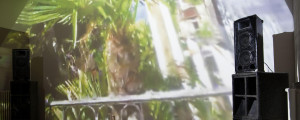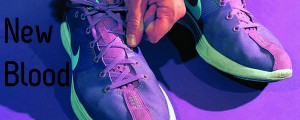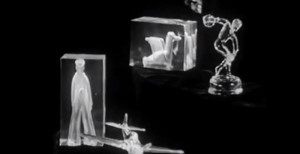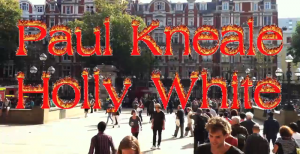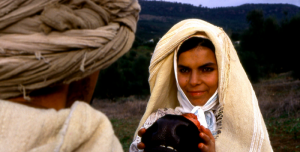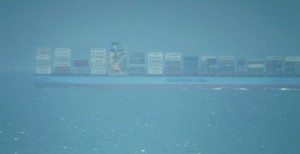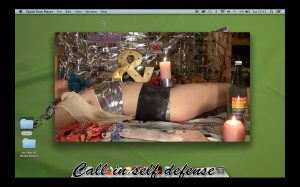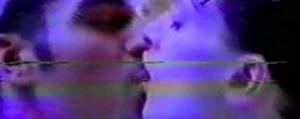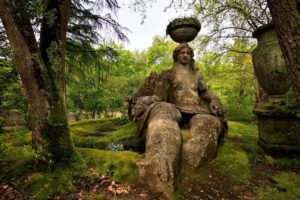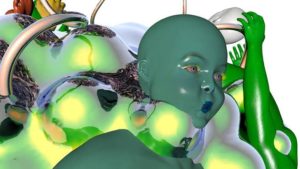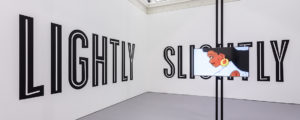Polish-born artist Piotr Krzymowski is a recent graduate of Central Saint Martin’s College of Art and Design and is currently exhibiting in the ICA’s latest incarnation of the New Contemporaries. His projects since graduating, have seen him return to home to make films alongside friend and resident-artist Paweł Kałużyński, at a non profit space named simply Praca (meaning ‘work’ in Polish). He also edits no.w.here Open Studio Blog based in Tower Hamlets London, initiating critical discourse on video work, as well as leading talks and workshops on film-making processes. Producing works which explore the possibilities within the film-editing process, Krzymowski looks at transforming the meanings generated through contextualised film. Here we consider a couple of them, their implications in the context of the New Contemporaries exhibition and his feelings about work in the wake of the degree show.

aqnb: Do you think the New Contemporaries has a job to do in terms of representing the whole of the UK? Should it be burdened with this kind of responsibility?
Piotr Krzymowski: I think it’s possibly too early for me to answer that question, because so far it has been extraordinarily exciting. With the film salon (at ICA) I had the chance to contextualise my practice as well as other artists’, by providing a platform for their individual practices. But what do I think the role of the show is? It has a huge tradition, it was organized by artists in the very beginning, then there was a break and for the last 10 or 15 years Bloomberg is sponsoring it. We can look into the issues of a corporate sponsor but really Bloomberg is providing the funding and allowing the show to happen so it isn’t so much of a concern to me.
aqnb: Then perhaps I should ask what you think of the show this year?
PK: Oh god now I have to be critical…
aqnb: Yes…
PK: Well, when I first met all the participants and we were literally standing in a circle shouting out the type of works we were going to show, I was very excited that there were so many video works in the show, more than usual. What I find interesting about the show, and I think this is something the selectors found too, is that many of the works seem to be in the process; they hold more potential in this sense. And I think this is particularly well-shown in the work of Jennifer Bailey, with her collection of objects, she creates a space of objects with potential, it doesn’t seem to communicate something in particular and this is true of many of the works in the show, they seem to have huge potential and seem be stopped somewhere in the process of making.
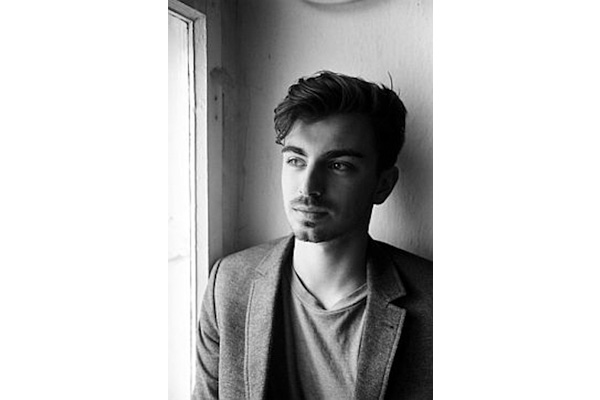
aqnb: As we are talking specifics, there seemed to be some paralells between your work and Salome Ghazanfari who also exhibited film work, would you agree?
PK: I find it very close to my own work, in particular the second of my films that was selected but wasn’t shown, Boys (2012). I spoke to Salome about it in fact, because in Boys you have a 13-second clip of two boys playing water polo, or in fact fighting over a yellow water polo ball, and what I did was to slow it down to about half a minute by constantly rewinding it two seconds and forwarding it one second, so in that sense you have a more poetic, definitely less real-time image of two boys that maybe even become sexy. I think that’s what Salome’s work involves. We both look at how video technology affects the reading of the moving image through the use of slow motion, repetition forwarding, rewinding any sort of manipulation.
aqnb: You first exhibited 73 at Central Saint Martin’s in 2012, what have you been up to since graduation and how does the ICA compare?
PK: Well I did a summer school at no.w.here, which was amazing and it was quite challenging because I basically took down the degree show. I had two days off and then began this very intense six week summer school. Perhaps for me it was particularly intense because I volunteered to edit the blog for them, which I still do, delivering a live commentary on the events at the summer school, which was completely different to St Martin’s of course. It made me realize just what a slow dinosaur St Martin’s was; with some fantastic tutors but with a pretty dated cultural-studies programme. no.w.here by comparison was far more activist, with some really challenging theory, moving image and politics.
aqnb: What were the biggest differences between the degree show as a platform for new work and the New Contemporaries?
To put it shortly, the degree show was a huge pressure and I really felt that I had to do my ‘best’, which was not helpful at all. There was also this feeling of a group of individuals who did not want to have their work get into dialogue with other people’s work; there was the feeling of not allowing oneself and not being allowed by others to participate in some kind of group activity. By comparison, the ICA has the selectors who are looking at a set of motifs in order to formulate the exhibition based on a set of works, which they feel are speaking to each other. I really think that they do spend time and energy to find these motifs and to put the works together…
Do we really need degree shows?
aqnb: No comment…
Piotr Krzymowski will be exhibiting at the Institute of Contemporary Arts until January 13, 2013, and continues to contribute regularly to no.w.here Open Studio Blog.
